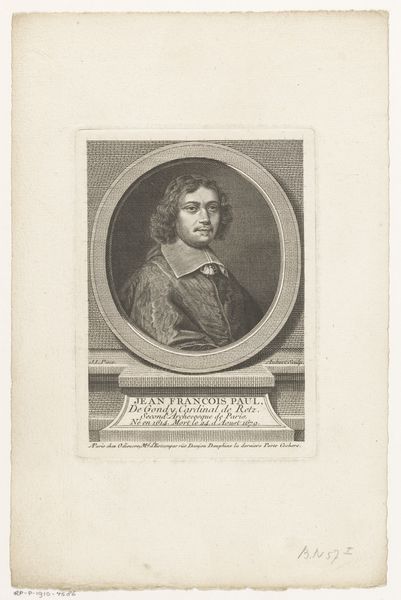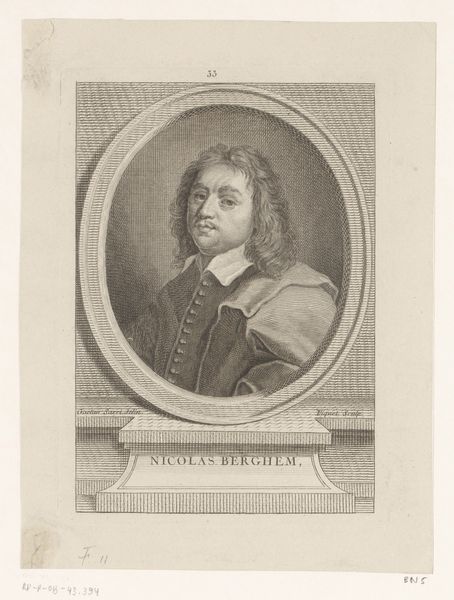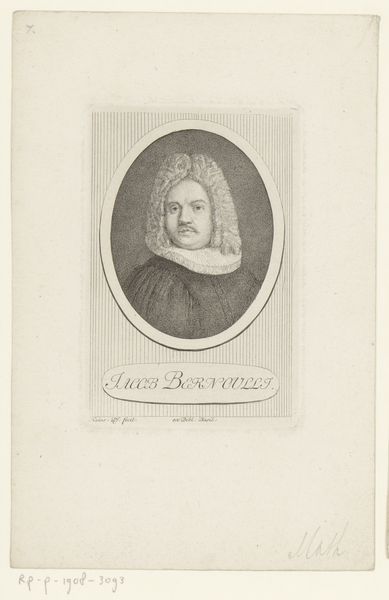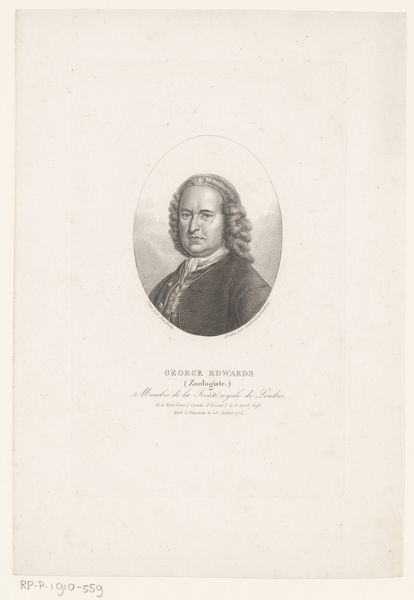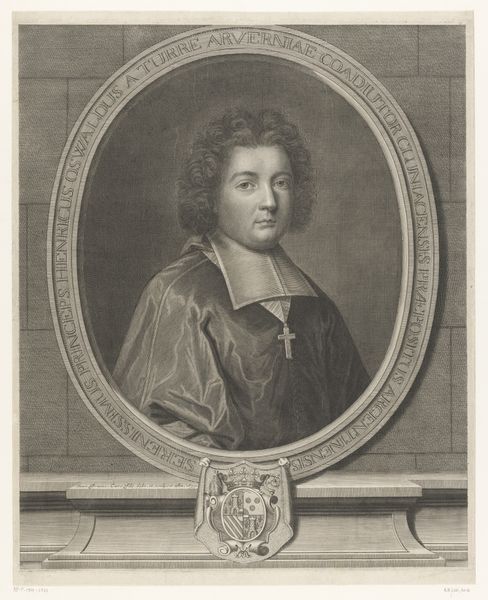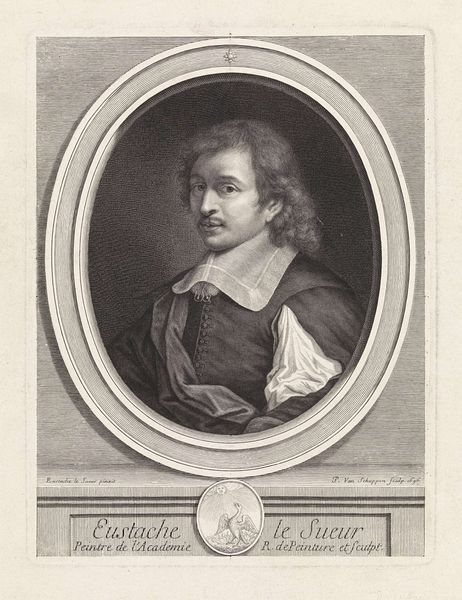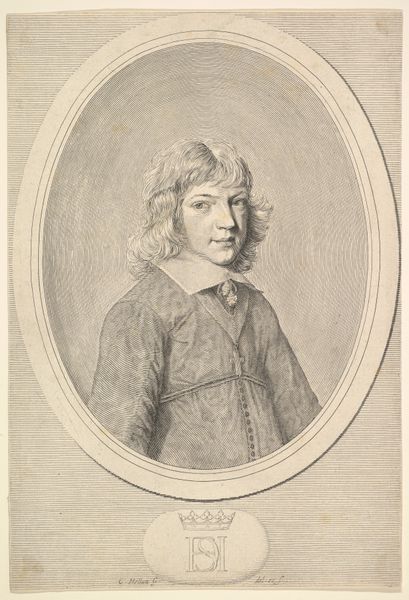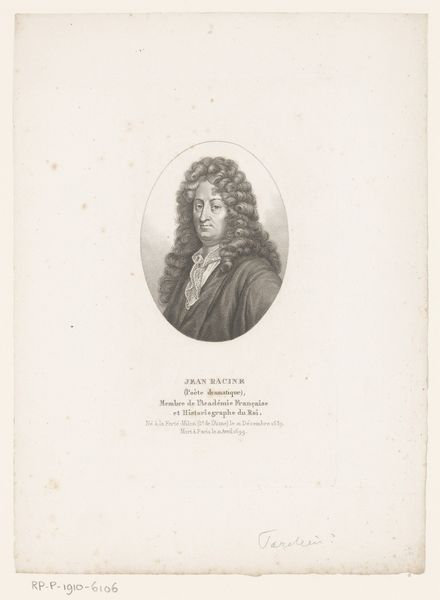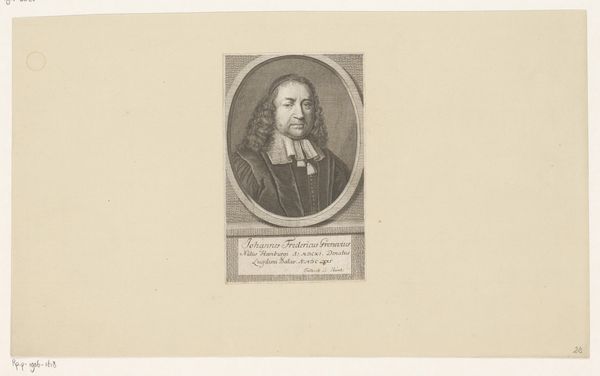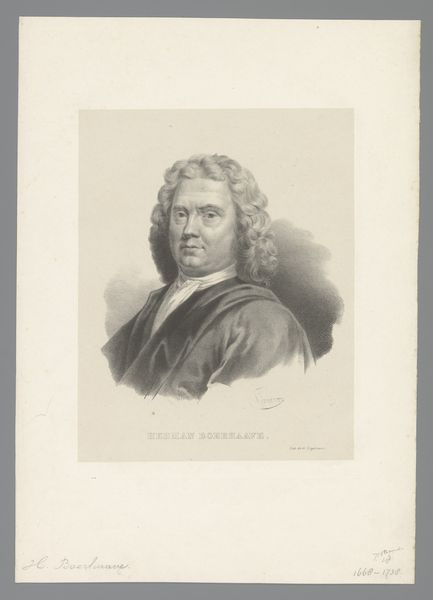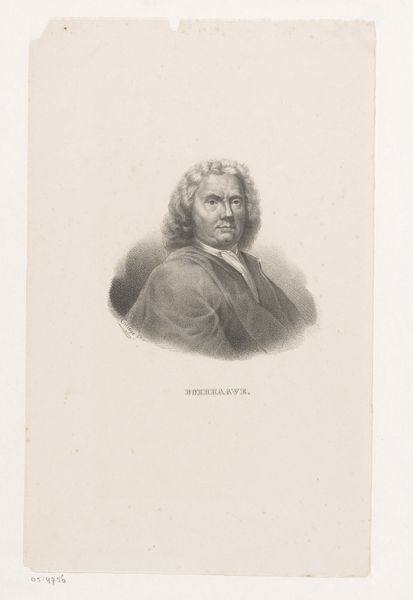
print, engraving
#
portrait
#
pencil drawn
#
neoclacissism
#
light pencil work
#
16_19th-century
# print
#
pencil sketch
#
old engraving style
#
portrait reference
#
pencil drawing
#
line
#
engraving
Dimensions: height 420 mm, width 285 mm
Copyright: Rijks Museum: Open Domain
Curator: Looking at this rather dignified engraving, we see the "Portret van de schilder Eustache Lesueur," which was created sometime between 1823 and 1827, now housed at the Rijksmuseum. Joseph Beaume is credited with its creation. Editor: The striking delicacy of the lines really captures the subject’s refined air. The softness of the pencil work makes it almost ethereal. Curator: Indeed. Considering its context, engravings like these were part of a larger print culture. They served to disseminate images and ideas broadly, playing a key role in constructing the artistic canon. Notice how this print functions almost like a celebrity portrait of the era, giving visibility to Lesueur well after his death. The formal pose, the meticulous detailing in his garments – it’s all carefully crafted to convey prestige. Editor: That's a sharp reading. But I am really drawn to how the process, using engraving to recreate this face, allows a replication of 'the artistic genius.' It democratizes this particular kind of consumption and labor, too: it's not JUST a master but an artisan creating many copies. This reframes the artistic value to include not just a 'creative genius,' but also the many hands working to replicate and distribute the image for a market. Curator: An interesting take. It shifts focus to the means of production and challenges traditional notions of originality and artistic value in a pre-mass media context. Editor: Exactly. You can feel the care put into it. It's clear that even in duplication, materials hold intrinsic value. The engraving medium itself becomes part of the narrative. Curator: So, viewing this not just as an isolated artwork but also understanding its role in broader social and economic networks offers a rich interpretation. Editor: Right. To truly appreciate it, you must analyze it from every perspective—how it's produced, how its distribution impacts reception, and who actually holds power in defining its narrative. Curator: A brilliant insight, Editor. Viewing it from those aspects will help unlock new appreciation for this portrait. Editor: Yes, it highlights that meaning and value aren't inherent to the object. Instead, value is created in production, distribution, and reception!
Comments
No comments
Be the first to comment and join the conversation on the ultimate creative platform.
